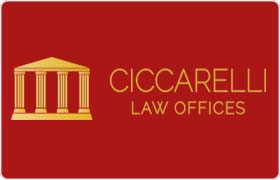Feasterville Trevose RICO Act Lawyer, Pennsylvania
Sponsored Law Firm
-
 x
x

Click For More Info:
-
Ciccarelli Law Offices
Numerous Office Locations Available» view mapCriminal Defense Success Is Our Mission
You gain the resources of a Team with 100 years of combined experience fighting for their clients throughout Pennsylvania.
888-240-0896
Edward Mannino
Antitrust, Litigation, Products Liability, RICO Act
Status: In Good Standing *Status is reviewed annually. For latest information visit here
Joseph M. Hankins
Motor Vehicle, Civil Rights, RICO Act, Construction
 Lee Ciccarelli West Chester, PA
Lee Ciccarelli West Chester, PA AboutCiccarelli Law Offices
AboutCiccarelli Law Offices Practice AreasSpecializations
Practice AreasSpecializations